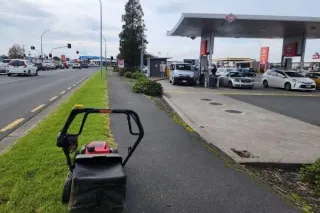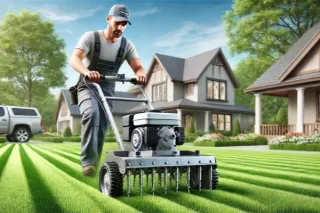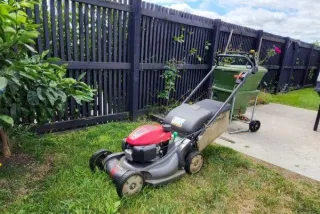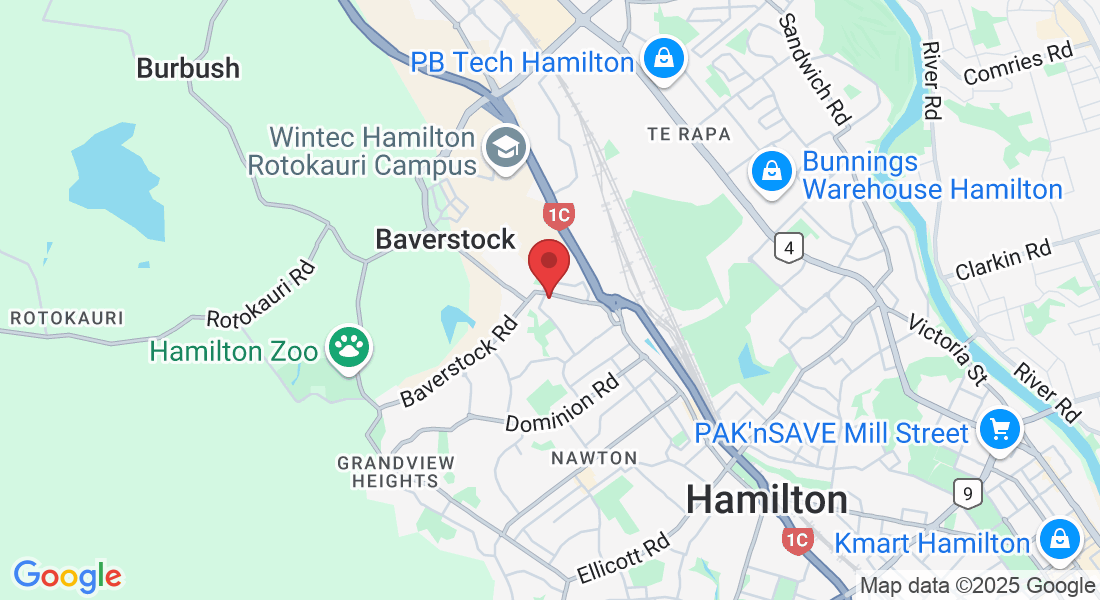
Lawn Mowing Costs in Hamilton
Looking for lawn mowing prices in Hamilton? We break down the real costs plus factors that affect pricing and tips to maximize your lawn care budget. ...more
Lawn Care
March 23, 2025•7 min read

What is Aeration and How Do I Know If My Lawn Needs It?
Learn what lawn aeration is, why it matters, and how to tell if your lawn needs it. Simple solutions inside! ...more
Lawn Care
March 10, 2025•3 min read

How Often Should You Mow Your Lawn in Spring?
Learn how often to mow your lawn in spring to keep it healthy, tidy, and weed-free. Expert tips ...more
Lawn Care
March 10, 2025•3 min read

Why Do Some Parts of My Lawn Grow Faster Than Others?
Noticed some areas of your lawn growing faster than others? Find out the common causes—like weeds, soil type, mowing habits, and compaction—and learn simple solutions to fix uneven growth for a health... ...more
Lawn Care
December 11, 2019•4 min read
Hours
Mon. 7:30 AM - 5:00 PM
Tue. 7:30 AM - 5:00 PM
Wed. 7:30 AM - 5:00 PM
Thu. 7:30 AM - 5:00 PM
Fri. 7:30 AM - 5:00 PM
Sat. 10:00 AM - 4:00 PM
Sun Closed
Contact
Address: 53 Rotokauri Rd Nawton, Hamilton Waikato 3200
07 848 2106

